The Ultimate Guide to Media Destruction Methods for Businesses
The Ultimate Guide to Media Destruction Methods for Businesses
In an age where data breaches can topple giants and compromise privacy, knowing how to securely destroy media is crucial for any business. Whether it’s old hard drives, confidential paper documents, or obsolete smartphones, choosing the right destruction method ensures your sensitive information doesn’t fall into the wrong hands.
This guide unpacks three popular media destruction methods—shredding, degaussing, and disintegration—and helps you decide which is best for your business.
Why Media Destruction Matters for Your Business
Data is one of the most valuable assets for any organization. From client information to proprietary data, ensuring these remain confidential requires robust security measures. Yet, many businesses overlook the importance of secure data destruction when devices and documents reach the end of their lifecycle.
A lapse in secure disposal can lead to information leaks, identity theft, and reputational damage. Understanding different destruction methods allows businesses to make informed decisions, safeguard their assets, and maintain their clients' trust.
Understanding Media Shredding
What is Media Shredding?
Media shredding involves cutting materials such as paper, CDs, and even hard drives into small pieces, making it one of the most tangible methods of destruction. Shredders range from personal office models to industrial machines capable of obliterating massive volumes of material.
While shredding offers a straightforward approach to media destruction, it's crucial to choose the right shredder type for specific materials. For instance, shredding paper requires a different device than for shredding hard drives or compact discs.
Advantages of Media Shredding
One of the main advantages of shredding is its simplicity. With a variety of shredders available, it's easy to find a machine that fits your organization's needs and budget. Additionally, shredding can be done in-house, providing direct control over the destruction process.
Shredding is also highly effective for paper documents. Cross-cut and micro-cut shredders produce small, confetti-like pieces that are virtually impossible to reconstruct, ensuring that sensitive information remains confidential.
Disadvantages of Media Shredding
Despite its advantages, shredding has some limitations. For starters, not all shredders can handle non-paper materials like hard drives or solid-state drives. Specialized equipment is necessary for such tasks, which can be costly.
There's also the risk of incomplete destruction if the shredder isn't properly maintained or if the wrong type of shredder is used. Regular maintenance and selecting the right equipment for the job are essential to avoid these pitfalls.
The Science Behind Degaussing
What is Degaussing?
Degaussing is a data destruction method that uses powerful magnets to disrupt the magnetic field on storage devices like hard drives and tapes. This process effectively erases data by scrambling the magnetic patterns that represent it, rendering the information unreadable.
Unlike physical destruction methods, degaussing focuses on the data itself. By targeting the magnetic field, it eliminates data without destroying the physical device, allowing for potential reuse in some cases.
Advantages of Degaussing
One of the primary benefits of degaussing is its efficacy in erasing data from magnetic media. It's a quick process that can handle large volumes of media, making it ideal for businesses with significant data storage needs.
Additionally, because degaussing doesn't destroy the physical device, it's a more eco-friendly option. Businesses can reuse or recycle the degaussed hardware, reducing electronic waste and supporting sustainability efforts.
Disadvantages of Degaussing
However, degaussing isn't without its downsides. Firstly, it only works on magnetic media, so it's ineffective on solid-state drives or paper documents. Businesses dealing with diverse media types need additional methods alongside degaussing.
Another drawback is the potential for incomplete data erasure if the degausser isn't powerful enough or properly calibrated. Ensuring the degausser is suitable for the media type is crucial to avoid data remnants.
Exploring Disintegration as a Destruction Method
What is Disintegration?
Disintegration is a physical destruction method involving grinding or pulverizing materials into small particles. Unlike shredding, which cuts media into strips, disintegration uses rotating blades to reduce media to tiny, indistinguishable fragments.
This method is commonly used for high-security destruction needs, where ensuring complete obliteration of data storage devices is paramount. Disintegration machines come in various sizes, tailored to different business needs.
Advantages of Disintegration
The primary advantage of disintegration is its thoroughness. By reducing materials to fine particles, it guarantees complete destruction, especially for high-security media like hard drives and optical discs.
Additionally, disintegration is versatile, handling various media types, including electronic and paper-based materials. This versatility makes it an excellent choice for organizations with diverse destruction requirements.
Disadvantages of Disintegration
Despite its effectiveness, disintegration has its challenges. It typically requires specialized, high-powered equipment, which can be costly for small businesses. The process can also be time-consuming compared to other destruction methods.
Another consideration is noise and dust generation. Disintegration processes can be loud, and the fine particles produced may require additional containment and disposal measures to ensure workplace safety and cleanliness.
Comparing Costs and Feasibility
When choosing a media destruction method, cost and feasibility play significant roles. Shredding tends to be the most cost-effective for paper documents and small-scale needs, with many affordable options available.
Degaussing, while efficient, requires an investment in specialized equipment and works only for magnetic media. Businesses must consider their media types and volume to determine if degaussing is feasible.
Disintegration, being the most comprehensive, often comes with higher costs and operational requirements. However, for organizations where security is paramount, the investment can be worthwhile.
Environmental Considerations in Media Destruction
Sustainability is increasingly crucial in business operations, including media destruction. Shredding creates physical waste, but partnering with recycling services can mitigate environmental impacts.
While degaussing allows for hardware reuse, it's essential to ensure proper electronics recycling for devices no longer usable. Disintegration generates fine particles that require careful handling and disposal to prevent environmental harm.
Choosing the Right Method for Your Business
Deciding on the best destruction method involves assessing your business's unique needs. Consider factors like media types, volume, security requirements, and budget constraints.
For businesses with mixed media needs, combining methods may offer the best solution. Shredding for documents, degaussing for magnetic media, and disintegration for high-security items can provide comprehensive protection.
Common Mistakes to Avoid
When implementing media destruction, businesses can fall into common traps. One mistake is using inappropriate equipment for specific media types, leading to incomplete destruction and potential data breaches.
Neglecting to maintain destruction equipment is another pitfall. Regular maintenance ensures devices operate at peak efficiency, providing consistent and reliable destruction results.
Legal and Compliance Considerations
Various industries have strict regulations regarding data protection and media destruction. Ensuring compliance with relevant laws and standards is vital to avoid legal repercussions.
Familiarize yourself with regulations like the GDPR, HIPAA, or industry-specific guidelines. Implementing destruction methods that meet these requirements safeguards your business from potential fines and reputational damage.
Final Thoughts on Media Destruction
Media destruction is a critical component of any organization's data management strategy. By understanding the differences between shredding, degaussing, and disintegration, businesses can make informed decisions to protect their sensitive information.
Incorporating these destruction methods not only enhances security but also supports regulatory compliance and sustainability efforts. Review your organization's needs and implement a tailored strategy to safeguard your data effectively.
Taking Action and Next Steps
Armed with knowledge about media destruction methods, it's time to evaluate and implement the best solutions for your business. Consult with experts or destruction service providers to ensure you choose the most effective methods for your needs.
Stay proactive in managing data disposal, regularly reviewing your processes to adapt to changes in technology and regulations. By doing so, you fortify your business against data breaches while supporting sustainable practices.
Ready to take control of your data security?
At Data Shredder Corporation in Massachusetts, we understand how crucial it is to destroy sensitive data securely and recycle e-waste. We provide top-notch data destruction, hard drive shredding, and electronics recycling services in Massachusetts, ensuring your peace of mind while also benefiting the planet's health.
Your trust is our top priority, and we're dedicated to safeguarding your information with our certified, dependable solutions. Before a security breach even whispers your name, give us a call at(508) 978-1307 or fill out our
contact form.

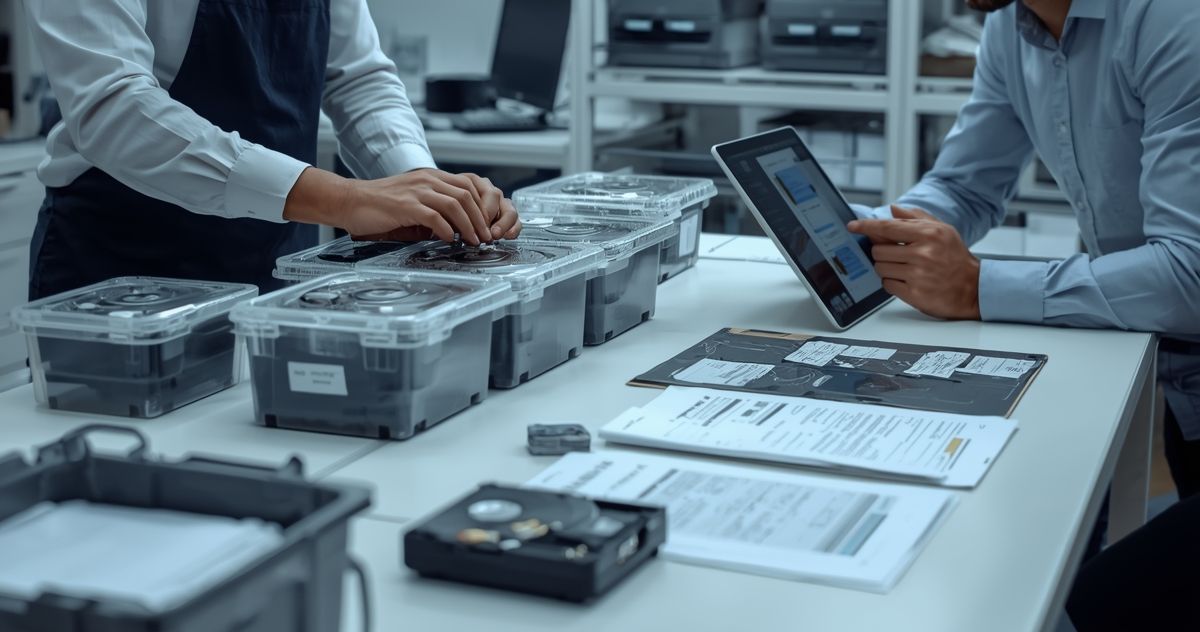


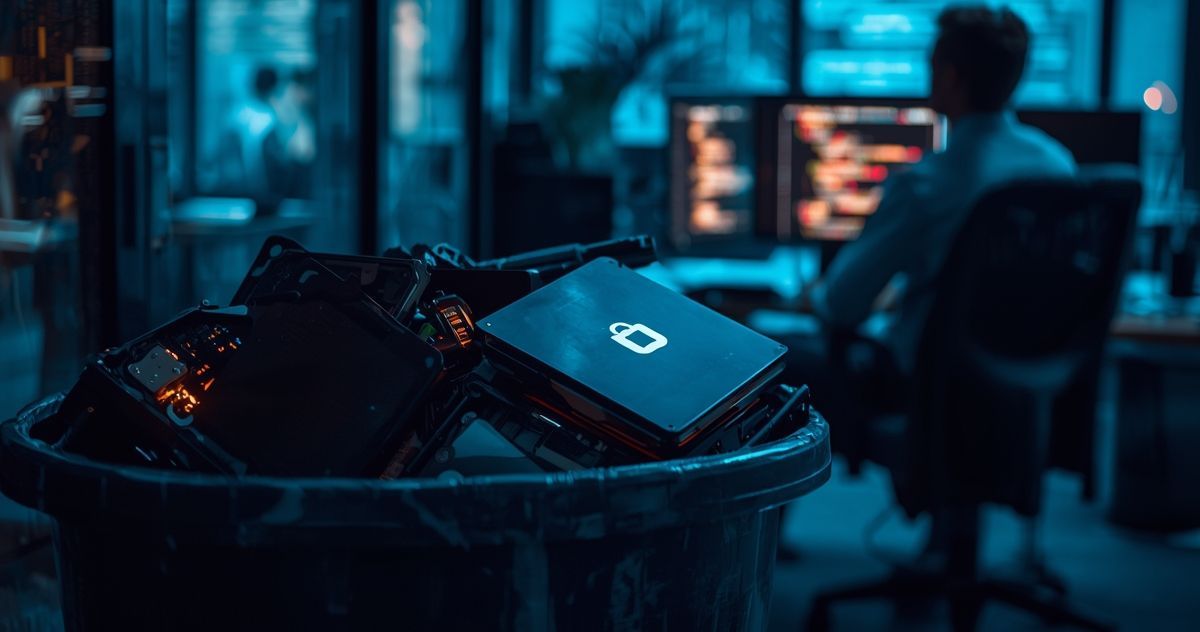

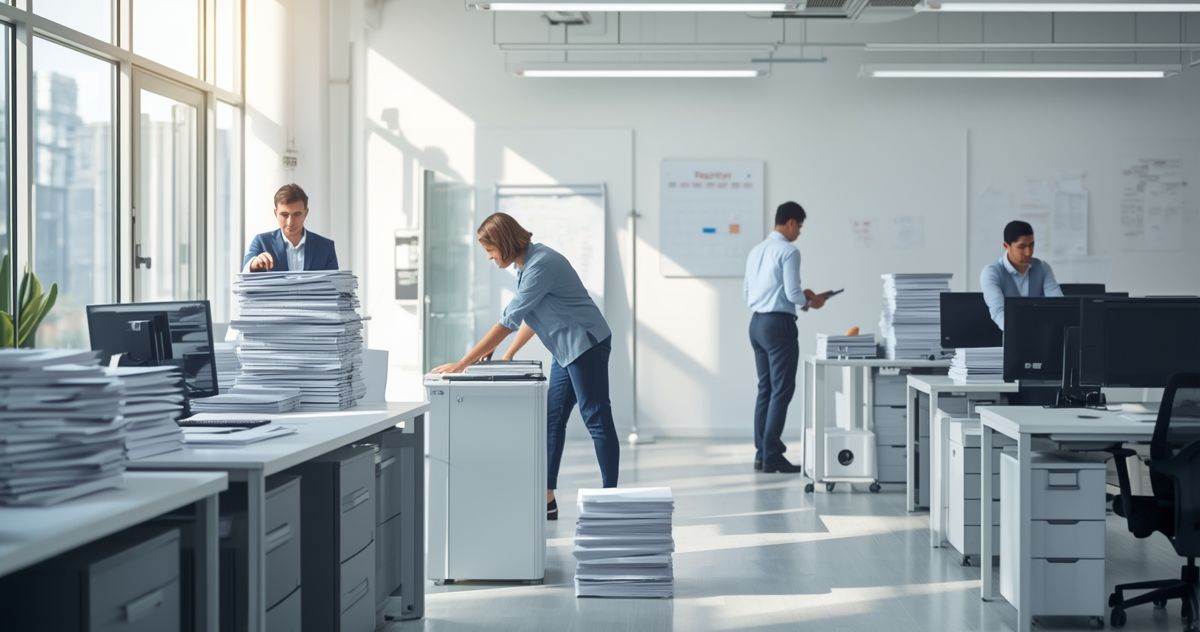
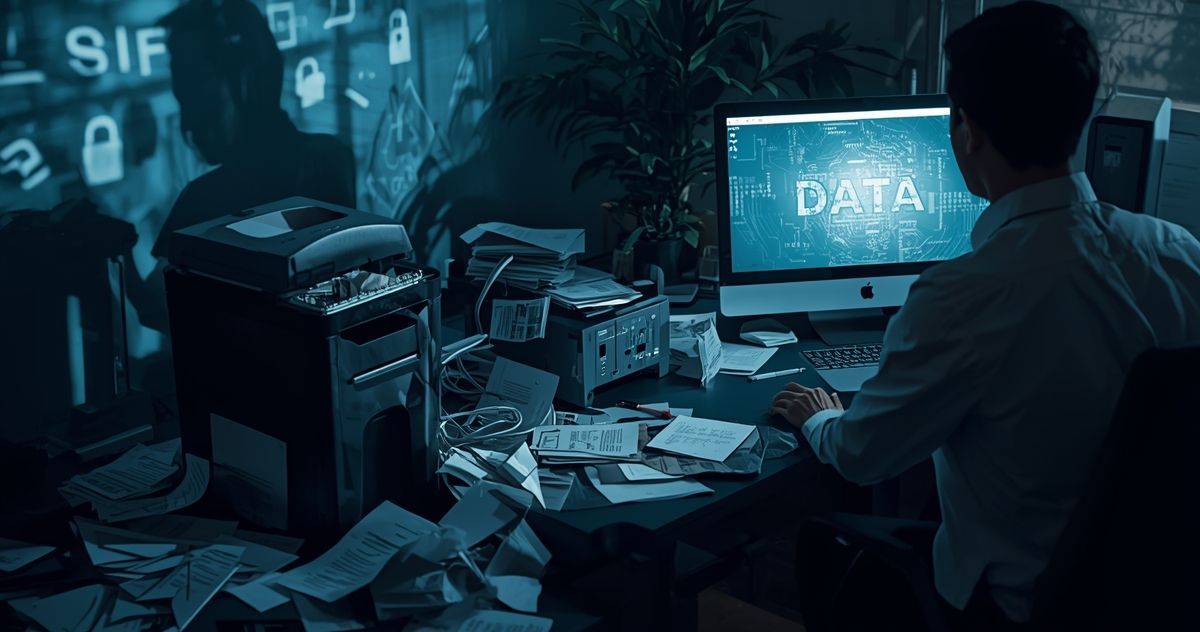


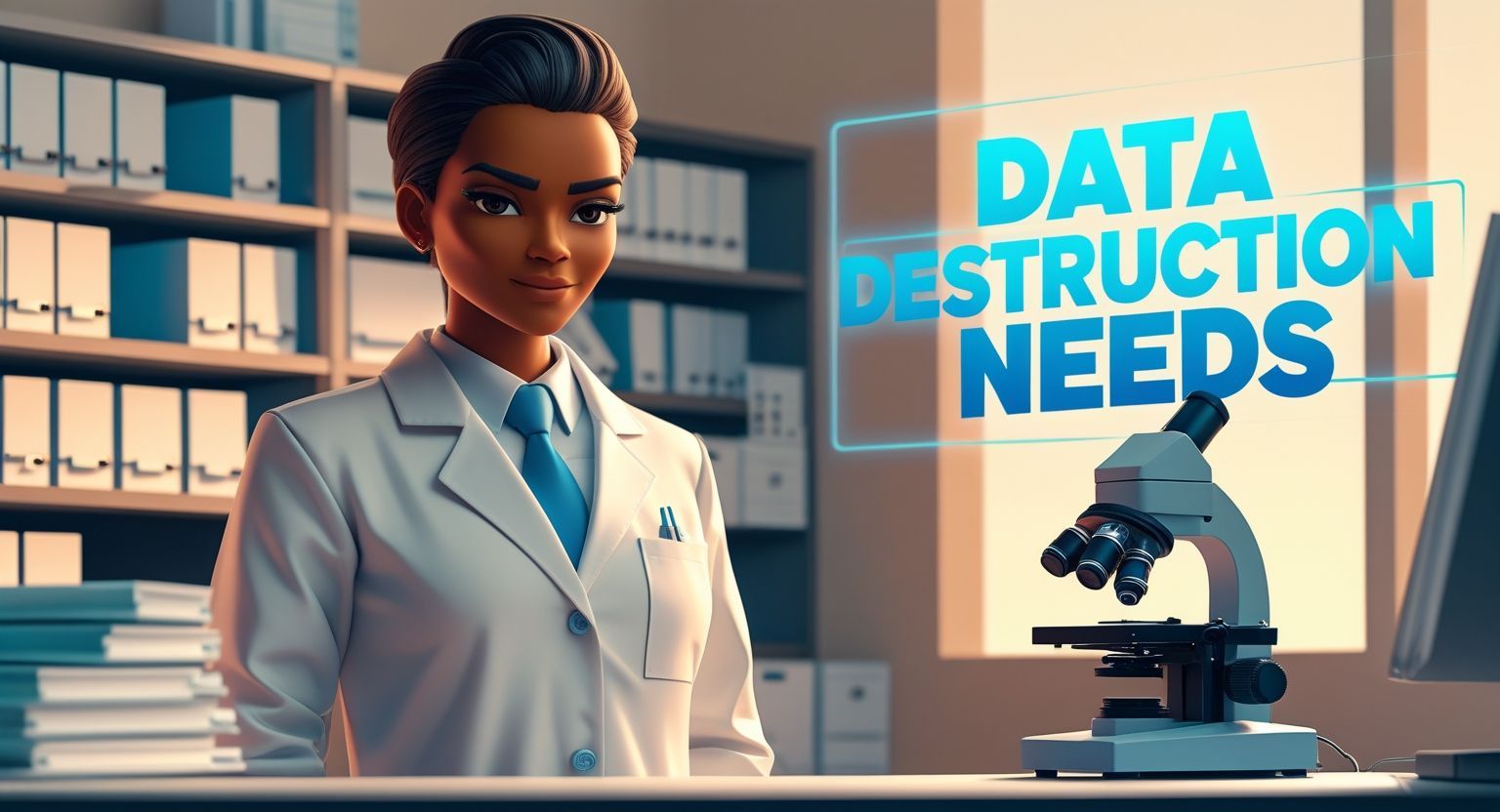
Share On: